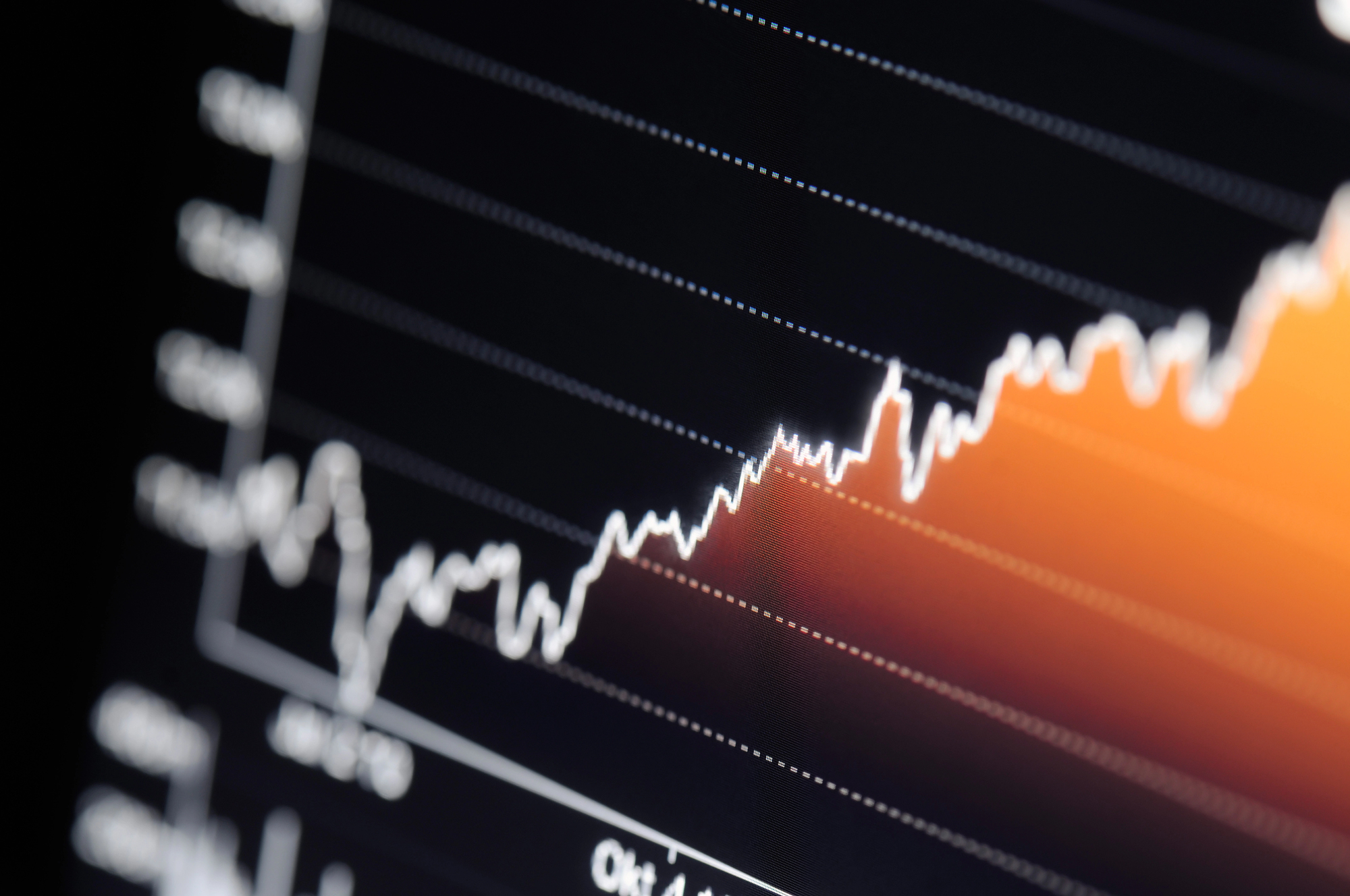Every day our information space is filled with news. Many of these news are fake. And they can be as dangerous as weapons – since they can cause clashes not only in Facebook but also in the streets. No wonder that ‘information war’ receives more attention than a conventional war since it is literally a weapon of mass mind destruction.
Land, healthcare, tariffs, IMF, EU, emigration. Some of the myths related to these topics have been familiar to Ukrainians for years, some have just gained momentum in our information space but nevertheless are likely to remain. All of them ultimately damage our country democratic development and well-being of people. This article presents the top 6 myths of 2019 in Ukraine.
6th place – “A Rookie Myth”. The President will reduce utilities costs
This myth appeared on the eve of the last presidential elections and found a fertile ground among people dissatisfied with high prices of communal services. Ukrainians expected the new president to lower communal tariffs during his first hundred days, and the president’s team was in no hurry to dispel these expectations.
In reality
The President cannot lower utilities costs, including gas tariffs. The government is responsible for that because it can impose ‘special obligations’ [to provide services at a fixed price] on suppliers. The President can suspend the acts of the Cabinet of Ministers of Ukraine but only if there are grounds to consider them unconstitutional. To do this, he must file an appeal with the Constitutional Court.
5th place – “A greybeard myth”. Since 2014, 9 million people have left Ukraine
This myth has been around since 2014, when many people left for Russia as a result of the war, and the issue of ‘numerous migrants from Ukraine’ was raised by some Eastern European politicians to shirk on the EU policy of admitting migrants from Syria. Since the last census in Ukraine was held in 2001 and population data are very imprecise, all kinds of speculations on the number of migrants arise. For example, some politicians used the data of the International Organization for Migration to claim that since 2014, 6 to 9 million people have left Ukraine forever.
In reality
There is no exact number of Ukrainians who left for good. But it is impossible to talk about millions who have left since 2014. For example, the International Organization for Migration reports that about 8 million people left Ukraine since the early 20th century. The UN and the World Bank claim that 5.9 million Ukrainians live abroad, including those who were born in Ukraine during the Soviet era and continued to live in other post-Soviet countries after the collapse of the USSR in 1991.
The number of labour migrants is estimated at about 2.5-3 million. These people usually move back and forth between Ukraine and a hosting country. The next census is planned for 2020 (or not).
4th place – “A Russian myth”. Trade with the EU has harmed the Ukrainian economy
The pro-Russian forces in Ukraine cultivate many myths. One of the most prominent is that trade with the EU is not profitable for Ukraine. Allegedly, the EU has set quotas for Ukrainian goods but fostering trade with Russia could help the situation.
In reality
The majority of Ukrainian businesses have won from the free trade area with the EU. This is an opportunity for them to enter not only the EU market but also other markets (Asia, Middle East, Africa) that have at least partially harmonized their non-tariff measures with the European ones.
The frequently mentioned quotas are in fact tariff quotas, and when they expire, Ukrainian companies continue to export, only paying custom duties.
3rd place – “A wicked myth”. The IMF destroys Ukraine
In the information space of Ukraine, the main enemy of our country is not Russia but the IMF. The IMF wants to kill Ukrainian pensioners, sell off the land to foreigners and oligarchs, cut down trees and raise gas tariffs. The phrase of Ukrainian politician Vadim Rabinovich that “everyone including babies owes the IMF $ 10,000” has been aired by several TV channels for a few years.
In reality
The IMF provides “emergency financial aid” for countries experiencing crisis and macroeconomic instability – rapid depreciation of the national currency, capital flight and economic downturn – in order to stabilize the macroeconomic situation and prevent a crisis from spreading to other countries.
The IMF provides loans in exchange for structural reforms that can be painful for vested interests. Since 2014, the IMF programs with Ukraine included introduction of inflation targeting and clean-up of the banking sector, prudent fiscal policy, introduction of market prices for energy (EU III Energy package), privatization, reforms of the pension system, education, healthcare. All of these reforms are necessary for the sustainable growth. Moreover, the IMF programs are not ‘imposed’ but negotiated by the Fund staff with Ukrainian officials.
Ukraine’s debt to the IMF is about $13 billion or slightly more than $300 per person.
2nd place – “A Medical Myth”. Suprun killed free healthcare
Practically all major TV channels have called former acting health minister Uliana Suprun “Doctor Death”. Allegedly, she killed free healthcare in Ukraine and now people are dying.
In reality
It is impossible to kill something that exists only on paper. The Constitution of Ukraine (Article 49) promises free medical care in state-owned hospitals. However in reality Ukrainians have for a long time paid nearly half of total medical expenses from their pockets. More details can be found in the project of the NGO “Patients of Ukraine”.
Among other things, the healthcare reform in Ukraine foresees introduction of a “guaranteed package of medical services”. Today it includes almost all medical services, except for dentistry and aesthetic surgery. Since Ukraine’s budget is rather scarce, the ‘big ideas’ of the healthcare reform are (1) ‘money follows the patient’ principle to stop financing inefficient hospitals and pay only for quality services and (2) ‘focus on prevention’ which is cheaper than treatment.
1st place – “A Holy Myth”. The sacred Ukrainian land will be bought by foreigners and Soros
A moratorium on agricultural land sales was imposed in October 2001 when the Land Code was adopted. Since then, it has been prolonged more than 20 times. According to the land code, it should expire ‘when the law on circulation of land is adopted’. This law was passed in the first reading in November 2019, and in December 2019 the second voting was to be held. But it failed because of political attacks and street protests. Protesters’ slogans are familiar: “They want to buy Ukrainian land for nothing, and then either resell or foreclose it”.
In reality
In 2018, the European Human Rights Court ruled that a moratorium on trade of agricultural land in Ukraine restricts landowners’ rights since they cannot fully manage their property.
Besides, the moratorium lowers overall efficiency of agriculture by keeping inefficient enterprises in the business due to low rental prices and lack of incentives to make long-term investment into land quality.
The rush of foreign investors into Ukrainian land market is unlikely since investment climate and judicial system are still far from perfect. Besides, the current draft law restricts the area that can be owned by one person or legal entity and also restricts land ownership by foreigners. It is very likely that these restrictions will be strengthened in the final version of the law. There is also a suggestion to run a referendum on allowing foreigners to buy land.
Estimates show that introduction of the land market will speed up economic growth in Ukraine. And the less restrictions there are, the higher will be the growth effect.
Attention
The author doesn`t work for, consult to, own shares in or receive funding from any company or organization that would benefit from this article, and have no relevant affiliations




